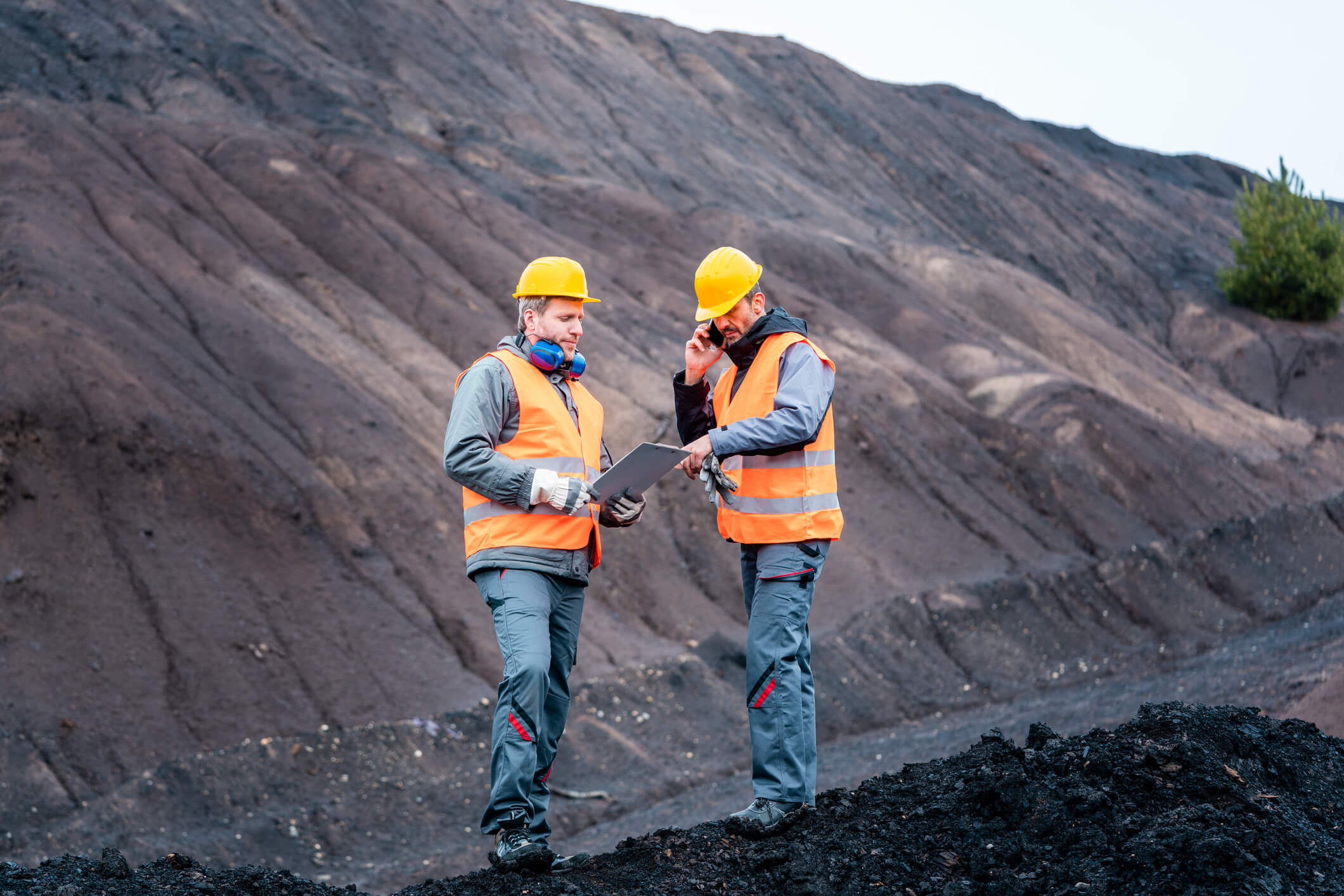Regulatory Changes Will Impact Mine Operators and Better Protect Employee Health and Safety
The Occupational Health and Safety Administration’s increased focus in recent years on reducing the health threat from exposures to respirable crystalline silica in the general, maritime and construction industries is proving to be an effective and important step in combating occupational illness and disease. The Mine Safety and Health Administration (MSHA) final rule changes will protect miners to the same extent workers are safeguarded in all other industries. Here’s a primer on the rule changes and what they mean.
Related Services
Background
Crystalline silica is a common mineral that’s found in sand, concrete, brick, block, stone and mortar. Exposure to crystalline silica dust can cause silicosis, lung cancer, other respiratory diseases and kidney disease.
To reduce the risk for miners, MSHA reduced its permissible exposure limit (PEL) for respirable crystalline silica – very small particles typically at least 100 times smaller than ordinary sand found on beaches or playgrounds – to 50 micrograms per cubic meter of air (50 μg/m3) as an 8-hour time-weighted average.
Who’s affected?
Silica dust is generated by routine mine activities, including cutting, sanding, drilling, crushing, grinding, sawing, scraping, jackhammering, excavating and hauling materials that contain silica. It is found in all mines, underground and surface, metal and nonmetal and coal mines. There are an estimated 12,500 active mines in the U.S, and according to the National Mining Association, approximately 470,000 direct mining industry jobs.
MSHA estimates that the rule would result in:
- 799 lifetime avoided deaths and 2,809 lifetime avoided morbidity cases over a 60-year period.
- Reduced lifetime mortality risk due specifically to silica exposures by 9.5 percent.
- Reduction in silicosis morbidity risk by 41.9 percent.

What are the rule changes?
MSHA’s rule changes require mine operators to take steps to protect miners from crystalline silica through various dust control methods, such as using water to keep dust from getting into the air or using ventilation to capture dust. Mine operators may discontinue periodic sampling when two consecutive samples indicate that miner exposures are below the action level.
Employers must also:
- Perform baseline exposure monitoring to characterize exposures.
- Perform qualitative assessments every 6 months of any changes in production, processes, engineering controls, personnel, administrative controls or other factors.
- Conduct periodic sampling where the most recent sampling indicates miner exposures are at or above the action level but at or below the PEL.
- Offer medical exams to all miners, including those in nonmetal mines who are not currently required to participate in medical surveillance.
- Train workers on how to limit their exposure.
- Keep records of their employees’ silica exposure and medical exams.
What’s next?
MSHA will require that each mine operator perform baseline occupational exposure monitoring within 180 days after the rule becomes effective to assess the respirable crystalline silica exposure of each miner who is or may reasonably be expected to be exposed to respirable crystalline silica.
The proposed rule changes written comment period closed in August 2023 and was followed by public hearings. The rule was finalized on April 18, 2024.
Where can I find additional information?
For a quick overview of the rule changes, check MSHA’s Fact Sheet here.




